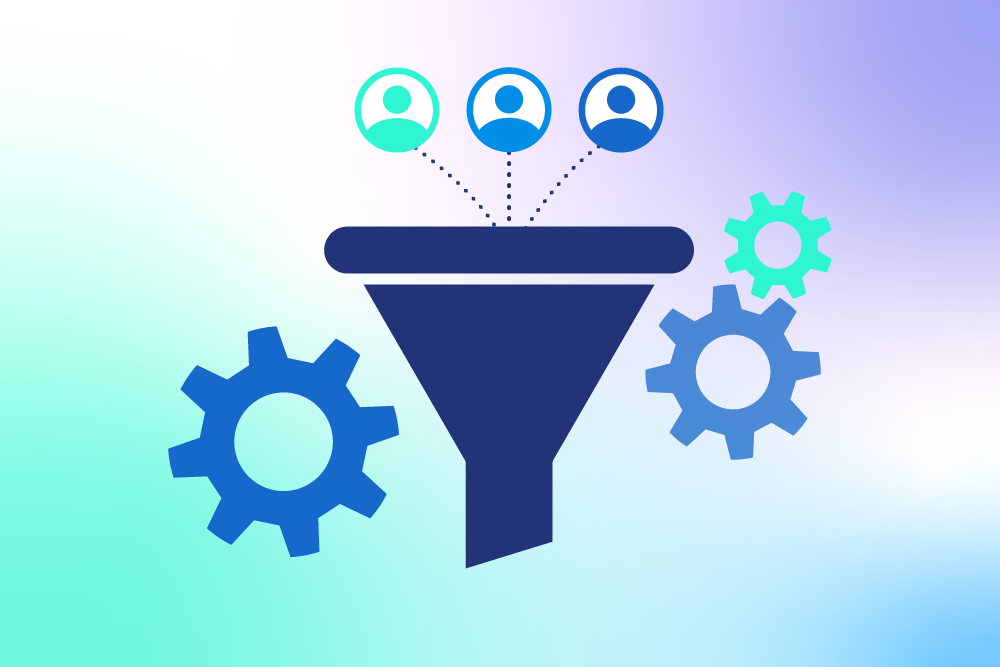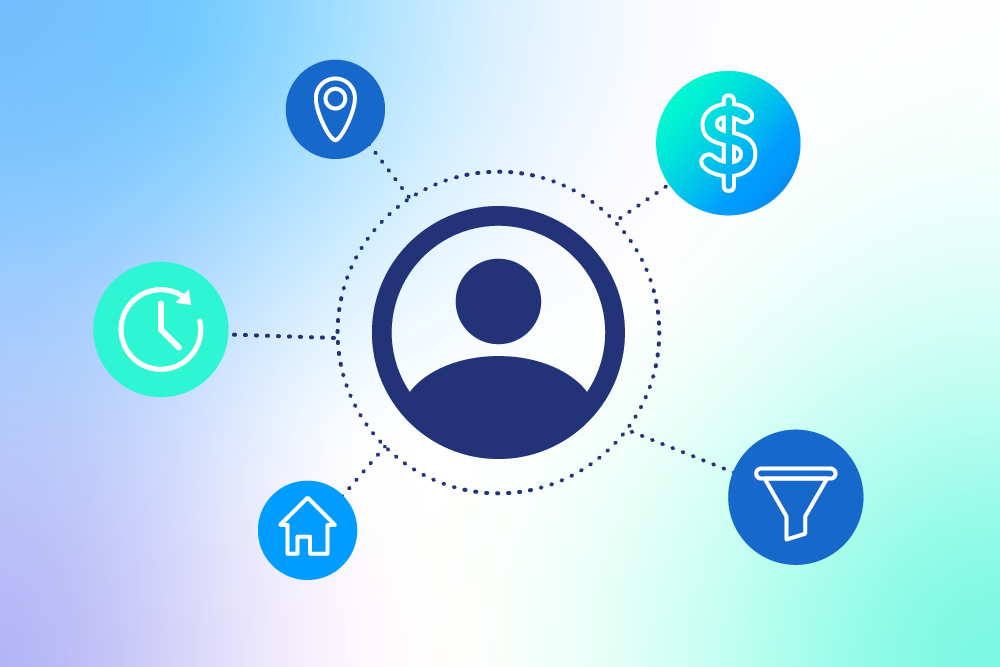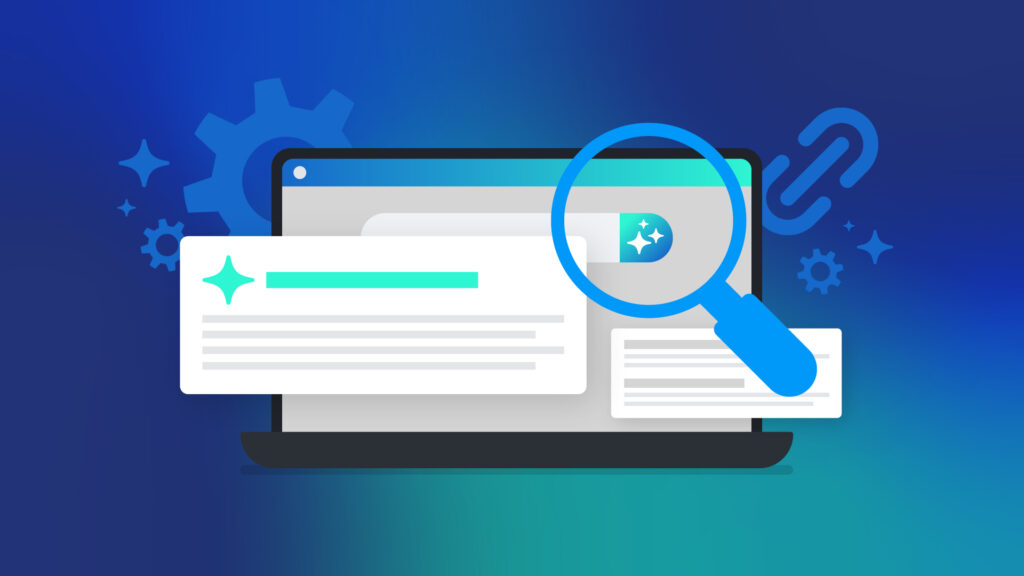
From Insights to Impact: How We Use Data Clustering to Drive Smarter Paid Media Marketing

When it comes to measuring the impact of paid media, most brands focus on the usual suspects like impressions, clicks and cost-per-lead. But what about real results? Who actually became a customer? What traits do those customers have? These are very insightful data points that can tell you a lot about the impact of your message (and your marketing in general). The question is, how do you get that data?
TriMark helps clients go deeper by connecting ad data to actual leads and sales. One of our favorite ways to do this is through a technique called K-Means Clustering, and it’s been a game-changer for brands like KOHLER Home Energy.
The Challenge: Finding What’s Actually Working?
With fragmented platforms and siloed data, it can be tough for businesses to understand what’s really driving performance. Your media report might show a low cost-per-click, but if those clicks don’t turn into quality leads or sales, what’s the point?
Most of the time, clients don’t just need more metrics. They need better connections between marketing actions and business outcomes. In other words, your metrics need to be able to show you the who, what, when, where, why and how of who’s looking at your ads. That way, you’ll get much clearer guidance on how to tailor your messaging, allocate resources, identify market trends and optimize your marketing performance overall. TriMark can help you get to the heart of the right data.

Our Approach: Connecting Ads to Revenue
Optimizing paid media performance involves building a full picture, from ad creative to CRM. At a minimum, that means:
- Sending UTM parameters, campaign IDs and ad IDs through lead forms
- Capturing data in Salesforce or another CRM
- Matching marketing efforts to real leads and sales
- Analyzing that data to refine who we target and how
We know that the deeper you go in this loop-closing analysis, the more you uncover. At this point, machine learning tools like K-means clustering enter the mix.

What is K-Means Clustering (and Why Do We Use It)?
K-Means Clustering is a simple algorithm that groups people together based on shared traits. It works by identifying similarities among leads and sorting them based on the traits they have in common. Instead of assuming you know who your best customer is, it finds the hidden patterns in your data.
Using the K-means algorithm, we feed in variables like:
- Location
- Income range
- Age
- Home value
- Conversion status
The algorithm then segments your leads into natural audience groups. From there, we can see which clusters convert best and tailor our media strategy accordingly. Think of it as a better, more effective way of developing a hyper-accurate customer persona. You’ll gain deeper insight into who your audiences really are and how best to reach them. This can unlock a whole new world of opportunities that you may not have previously been aware of.
Case Study: KOHLER Home Energy

Kohler wanted to know which customers were most likely to buy a home generator, and where to find them online. Using over two years of sales-qualified lead data, we applied a K-Means Clustering model to find the answers.
We discovered two naturally forming audience clusters, one with household incomes of $128,000 – $187,000, the other with incomes of $67,000 – $100,000. We christened these audiences Urban Upgraders and Rural Realists.

Our Urban Upgrader audience was a higher-wealth, tech-savvy urban consumer who invests in quality home improvements that add convenience, elevate their home’s aesthetic and bring more stability to their busy lifestyle.

Our Rural Realist audience represents a more rural consumer who is principled in their spending and seeks practical ways to prep for the future.
We then built custom audience segments and mapped those to the digital platforms and zip codes that aligned best. This more tailored ad marketing:

Reduced cost per appointment by 20%

Reduced cost per sale by 22%

Increased total sales by 3%
Plus, we did it all with 20% less budget.
The Takeaway: More Data Fields, More Impact
To do a strong K-means analysis, you need the right data. That’s why we often recommend clients capture more than just UTMs in their lead forms by adding fields like:
- campaign_id
- ad_id
- ad group ID
- gclid / fbclid
With the data we receive from these additions, we can map ad data to real outcomes in your CRM. This allows us to analyze what’s working at a deeper level and better direct your campaigns where they’re most likely to have an impact.
Let’s Find Your Best Customers
Want to see which audience segments actually move the needle for your business? Let’s dig into your data together — and turn your leads into insight.
CONTACT US
Work With TriMark
We don’t do one-size-fits-all. We build custom strategies that solve real business problems and drive results you can measure. Let’s talk about how we can grow your brand—starting today.
Keep Reading
Discover What Drives Results

